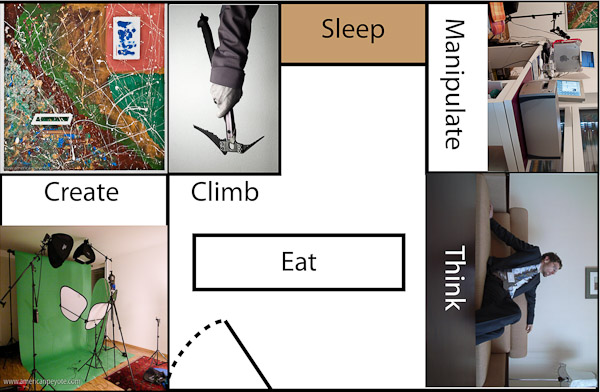 Environment plays a huge roll in creativity and creation. Physically this happens inside a relative thing we call “space.” Call it a room, a studio, your office, a play-pen, a workshop, a bathroom, baby crib, whatever – the place you work and where you do your creative stuff. It’s where you do your photography, Photoshop, writing, painting, videos, finger painting, claymation, whatever. The point is you have to have somewhere to work and create cool stuff, and the design of that space, of that environment will greatly influence how well you can translate the vision in your head into a “creation.” So how does one design an effective “creative space?”
Environment plays a huge roll in creativity and creation. Physically this happens inside a relative thing we call “space.” Call it a room, a studio, your office, a play-pen, a workshop, a bathroom, baby crib, whatever – the place you work and where you do your creative stuff. It’s where you do your photography, Photoshop, writing, painting, videos, finger painting, claymation, whatever. The point is you have to have somewhere to work and create cool stuff, and the design of that space, of that environment will greatly influence how well you can translate the vision in your head into a “creation.” So how does one design an effective “creative space?”
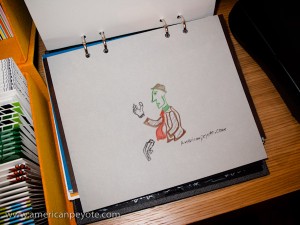 Why Design a Creative Space?
Why Design a Creative Space?
Like many other things in life, you start out with what you have, and figure out how to fit in what you need to accomplish your desires in life. When I moved into my new place I knew it was the perfect time to design my “space,” so I picked a new apartment with an open design, almost modular. The place is split into two sections, with a kitchen area in the middle. I sleep on a small bed near my computer just adjacent to the living area on one side of the apartment. This lounging area is setup with bookcases and a couch with a cool Oriental carpet (perfect for yoga). Then beyond the kitchen I use the open space as my Laboratory, containing all manner of lights, cameras, and random paints and canvases. There was a method, and flow-design to this creative space madness. The design revolves around ideas and their creation. Think of ideas, how and where they are created? Then let it all flow into a place where ideas can be translated to a creative product. Ideas are developed on one side of my apartment (the left brain), and carried out on the opposite side (the practical right side). In between is the door leading back to my perception of reality (you know, the front door, the one I walk through most days when I have to go to work).
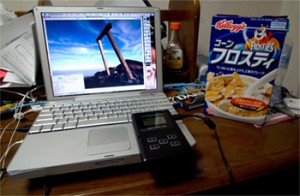 My Creative Space Design
My Creative Space Design
I set up my place this way so that all the thinking and idea creation is done in the small context of my sleeping and lounging area, while the “work” (play) is handled in the larger open space of the studio beyond the kitchen. I have essentially two rooms in the laboratory, with large glass doors separating the two, which can be opened to combine the two spaces. In the larger area I set up lights and a background. The smaller area is usually lined with plastic for painting. This enables me total freedom to jump between photography and painting, which is important because photography is just light painting, and everything I know about painting with liquid on canvas I learned from Photoshop. So, it makes sense to put the two (photography and painting) next to one another in some context. I like having a separation between the creation and lounging spaces because I’m a complicated and occasionally chaotic-thinking person, and by separating the two I keep the clutter of my life away from the photography and painting, away from the work-creation areas. This makes it easier to concentrate on shooting when desired, and not worry about flinging paint on my computer screen when the madness takes hold and I set upon a new canvas.
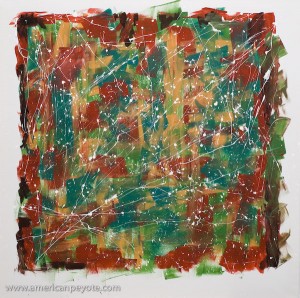 In the painting room (called my “winter garden”) I can open up or close the doors, creating separation from the main space as needed, when needed. This allows me to pen or modify that space as desired. So, for full length portraits with a 50mm lens on an APS body, I can open the doors and have enough room for a full-length shot of a model. Later I can easily close-off the painting room and line the inside with plastic to protect the walls. The painting area is now fully closed off and I can throw paint around as needed when I set about translating some abstract madness into reality on the canvas.
In the painting room (called my “winter garden”) I can open up or close the doors, creating separation from the main space as needed, when needed. This allows me to pen or modify that space as desired. So, for full length portraits with a 50mm lens on an APS body, I can open the doors and have enough room for a full-length shot of a model. Later I can easily close-off the painting room and line the inside with plastic to protect the walls. The painting area is now fully closed off and I can throw paint around as needed when I set about translating some abstract madness into reality on the canvas.
My Creative Space Philosophy
My creative space design also focuses on the important separation between idea and execution, between brain-storming and action. It’s easy for me to come up with ideas, and more often than not I’ll start branching off into fifty different directions. But it’s hard to follow through on 50 different ideas, so it’s important for me to focus on one or two things and complete them before moving on to something else. I like to think up and organize things, put it all in place (ironic since I’m a filthy person), and then do whatever is needed to bring those ideas from my head into reality. That’s why my sketch books, journals, pens, and Manga markers stay in the lounge area while my lights, paints and camera gear stay in the studio area. I sketch up ideas on one side of my place (or in a cafe), and then walk over to the other side and “execute” the idea. In between the kitchen and studio is my storage room with a shelf full of climbing and outdoor adventure gear. When I need a break I pack up some climbing gear and tour up a mountain for a bit of clarity.
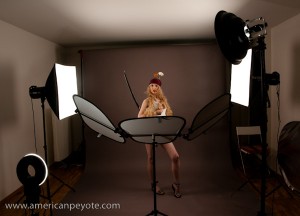 Free the Mind – Reduce Flexible Clutter
Free the Mind – Reduce Flexible Clutter
This creative space design is ideal for me because I can setup more or less however I want to. I didn’t put in a kitchen table or armoire, (much to the disgust of my mother) so I’m not constrained by existing clutter (this is a new concept in my life) when, for example I want to setup a photo shoot. In the photo studio I put a 2.7 meter paper background system to use for most of my shots. There’s ample room to move, setup lights, and even get a small softbox or beauty dish directly over a model. I chose a location background system instead of one screwed into the wall so I’d have the freedom to move it around if desired (but I leave it where it is).
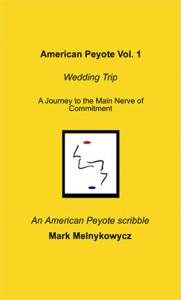 It’s Not Rocket Science
It’s Not Rocket Science
Designing your creative space just means that you have the space to create and to easily access those tools required to do your creations. You need somewhere to work, so take the time to include your creative space in your environment. If you’re a mom writing a novel, you might need a quiet place to write, well-insulated from the chaos of your kids, so do it. Design for the creative space as you would for a new kitchen or recreation room. If creating is an important part of your life, it makes no sense to exclude it from your living area. It’s the things we do in life to express our desires and ideas which makes us all interesting and beautiful people. Don’t deny your inner artist, everyone around you will lead a less-interesting life if you ignore your creative ambitions. The vision starts in the head, and all you’re doing is translating it to the real world in a form for other people to experience. Simple, easy, not complex in any sense of the word. This can happen in a place you design yourself, a cramped dorm room in Tokyo, or the vast expanse of the Swiss Alps. Find ways to make the space your own and you will never be constrained by walls, and your mind will always be free.

 Voting is open on the video poetry creative invite at Talenthouse.com! To recap, I have a creative invite running on Talenthouse, where the winner will have the opportunity to work together with me on a video poetry series of short films. I wrote about the contest previously, and now this wonderful experiment in online collaboration and general creativity awesomeness is coming to an end. Well, the first part, then will come the video poetry series. For the contest, I provided some images of inspiration, including images of Bratz and War, and the participants then needed to create a music track to submit to the contest. The highest voted songs will get the first listens from me, and I’ll then work with the winner (whoever created the best mix in my mind) if they’re interested. For the video poetry part, I’ll create some poetry concepts and shoot the needed video, and the winner can have their music featured as a component of the final videos. It’s all very non-linear and experimental, but when you challenge people, excellent things always happen. The voting is open here on Talenthouse:
Voting is open on the video poetry creative invite at Talenthouse.com! To recap, I have a creative invite running on Talenthouse, where the winner will have the opportunity to work together with me on a video poetry series of short films. I wrote about the contest previously, and now this wonderful experiment in online collaboration and general creativity awesomeness is coming to an end. Well, the first part, then will come the video poetry series. For the contest, I provided some images of inspiration, including images of Bratz and War, and the participants then needed to create a music track to submit to the contest. The highest voted songs will get the first listens from me, and I’ll then work with the winner (whoever created the best mix in my mind) if they’re interested. For the video poetry part, I’ll create some poetry concepts and shoot the needed video, and the winner can have their music featured as a component of the final videos. It’s all very non-linear and experimental, but when you challenge people, excellent things always happen. The voting is open here on Talenthouse: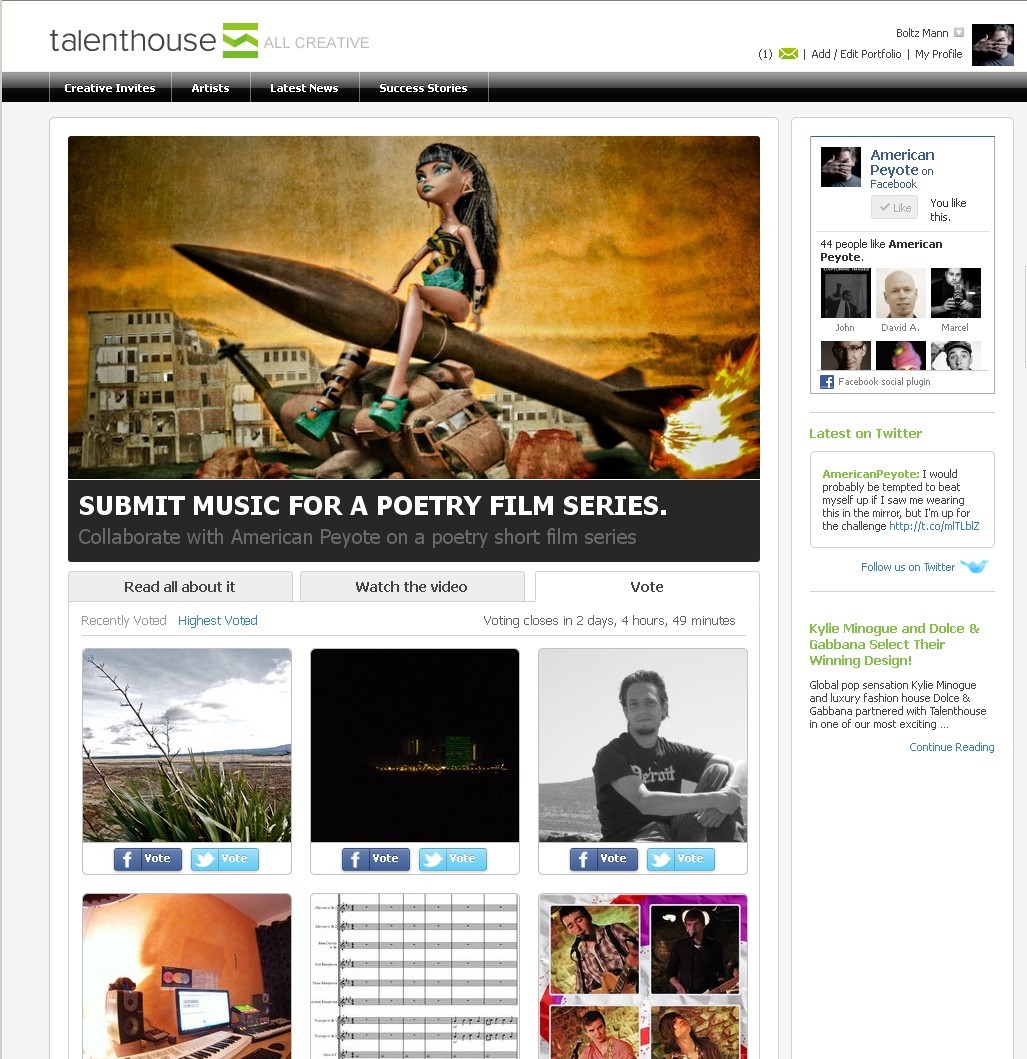
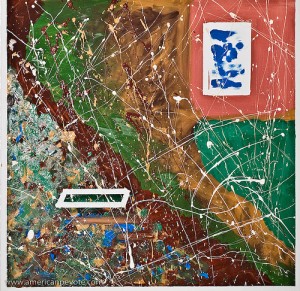

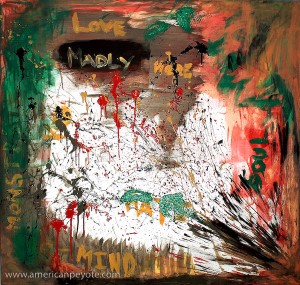
 Environment plays a huge roll in creativity and creation. Physically this happens inside a relative thing we call “space.” Call it a room, a studio, your office, a play-pen, a workshop, a bathroom, baby crib, whatever – the place you work and where you do your creative stuff. It’s where you do your photography, Photoshop, writing, painting, videos, finger painting, claymation, whatever. The point is you have to have somewhere to work and create cool stuff, and the design of that space, of that environment will greatly influence how well you can translate the vision in your head into a “creation.” So how does one design an effective “creative space?”
Environment plays a huge roll in creativity and creation. Physically this happens inside a relative thing we call “space.” Call it a room, a studio, your office, a play-pen, a workshop, a bathroom, baby crib, whatever – the place you work and where you do your creative stuff. It’s where you do your photography, Photoshop, writing, painting, videos, finger painting, claymation, whatever. The point is you have to have somewhere to work and create cool stuff, and the design of that space, of that environment will greatly influence how well you can translate the vision in your head into a “creation.” So how does one design an effective “creative space?”
 My Creative Space Design
My Creative Space Design Free the Mind – Reduce Flexible Clutter
Free the Mind – Reduce Flexible Clutter It’s Not Rocket Science
It’s Not Rocket Science
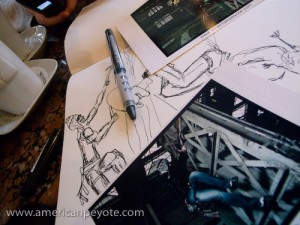
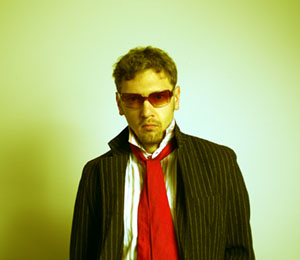 Spend five seconds on any photography forum and the topic of Going Pro eventually comes up. The premise is rather simple: someone takes up photography as a hobby, decides they like taking photos, realize that they can produce images similar to those of professional photographers, and want to become a professional themselves.
Spend five seconds on any photography forum and the topic of Going Pro eventually comes up. The premise is rather simple: someone takes up photography as a hobby, decides they like taking photos, realize that they can produce images similar to those of professional photographers, and want to become a professional themselves. However, without his client list, reputation, and inter-personal skills, my ability to do his job is severely reduced. As a photographer, this doesn’t really mean much to me, as I’m more interested in developing my own look, just like I developed my own writing voice and interpretation on project management techniques and problem solving. This is not to say that amateurs shouldn’t be making money off of photography, but start small – and begin with a plan for profits. Figure out what you want to do and form an economically feasible strategy around it. If you have a thousand images, don’t just blindly sent them off to istock.com, figure out a stock photo niche and build around it. I think that integrating economic principles into creative fields and a hobby like photography is overall a good thing. The world runs on economic systems, and trying to imply that they don’t exist and that creativity and art and photography are pure forms of expression untainted by the complications of money is in some ways a tad short-sighted. Life is a crazy adventure, be fresh, explore new ideas and possibilities, but if you’re primarily interested in fulfilling your life via the integration of creativity, don’t blindly buy into the rumor that becoming a professional in the field of photography will solve anything or actually be a good idea.
However, without his client list, reputation, and inter-personal skills, my ability to do his job is severely reduced. As a photographer, this doesn’t really mean much to me, as I’m more interested in developing my own look, just like I developed my own writing voice and interpretation on project management techniques and problem solving. This is not to say that amateurs shouldn’t be making money off of photography, but start small – and begin with a plan for profits. Figure out what you want to do and form an economically feasible strategy around it. If you have a thousand images, don’t just blindly sent them off to istock.com, figure out a stock photo niche and build around it. I think that integrating economic principles into creative fields and a hobby like photography is overall a good thing. The world runs on economic systems, and trying to imply that they don’t exist and that creativity and art and photography are pure forms of expression untainted by the complications of money is in some ways a tad short-sighted. Life is a crazy adventure, be fresh, explore new ideas and possibilities, but if you’re primarily interested in fulfilling your life via the integration of creativity, don’t blindly buy into the rumor that becoming a professional in the field of photography will solve anything or actually be a good idea.